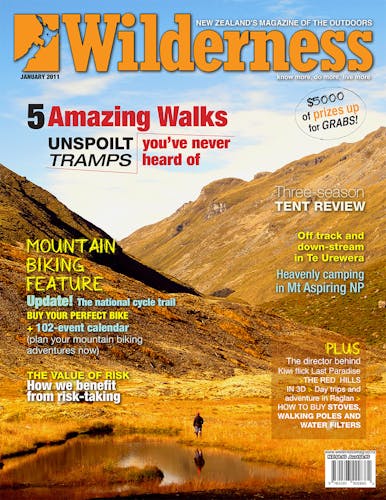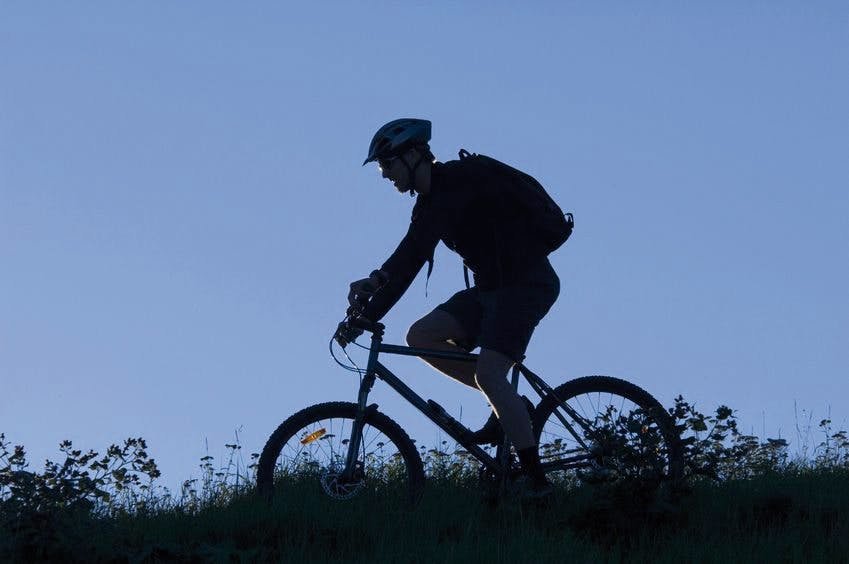Feeling tired after a long tramp? Cross-training could be just the break your mind and body needs.
Tramping is possibly one of the most physically demanding sports. It all depends on how long and how hard you push yourself but often you will finish a tramp physically exhausted. Not only do you feel drained of energy but your legs and arms can feel like they can hardly be moved.
Relaxing on the couch for a few days after you return from a multi-day tramp may seem like bliss, but long-term it’s not the best idea. There will come a time, probably in the near future, when you will say to yourself ‘Right, what next?’
But if you haven’t done anything since your last outing, you will almost definitely feel stiff, fatigued and depending on how long you have been out you may also have put on weight. These are all good reasons for doing some alternative form of exercise like cycling, swimming or rowing during the period immediately after a big tramp.
This sort of training will exercise the main muscle groups and will also give your cardiovascular system a workout. This means that if you do decide to take a few weeks off, you won’t be puffing and panting as much when you start again.
This is often called ‘active rest’. The aim is to work at about 50 per cent of your maximum intensity. A good idea is to do it for up to one hour at a time, three times a week.
This increases blood flow in the body which in turn expedites the metabolism of lactic acid and other toxins in the body. It is this lactic acid in part which gives you that dead feeling in your legs.
There is also less impact on the body compared with tramping so your muscles have a break from all that pounding.
You may feel a slight tightness in the tendons and ligaments after finishing a hard tramp. If this is followed by a period of inactivity, this tightness could lead to injury, so doing some active rest training can increase mobility and reduce any risk of injury.
While most of your training should be specific – such as walking when preparing for a tramp – the benefit in doing something like cycling, swimming or rowing is that you can increase your heartbeat just by changing the cadence or, if you are on an cycle bike at the gym, change gear.
This will help to raise your lactic threshold and enable you to tramp at a higher intensity without going into oxygen debt.
While we all love tramping, a change every now and again can help love it even more.
– Scott Winton







